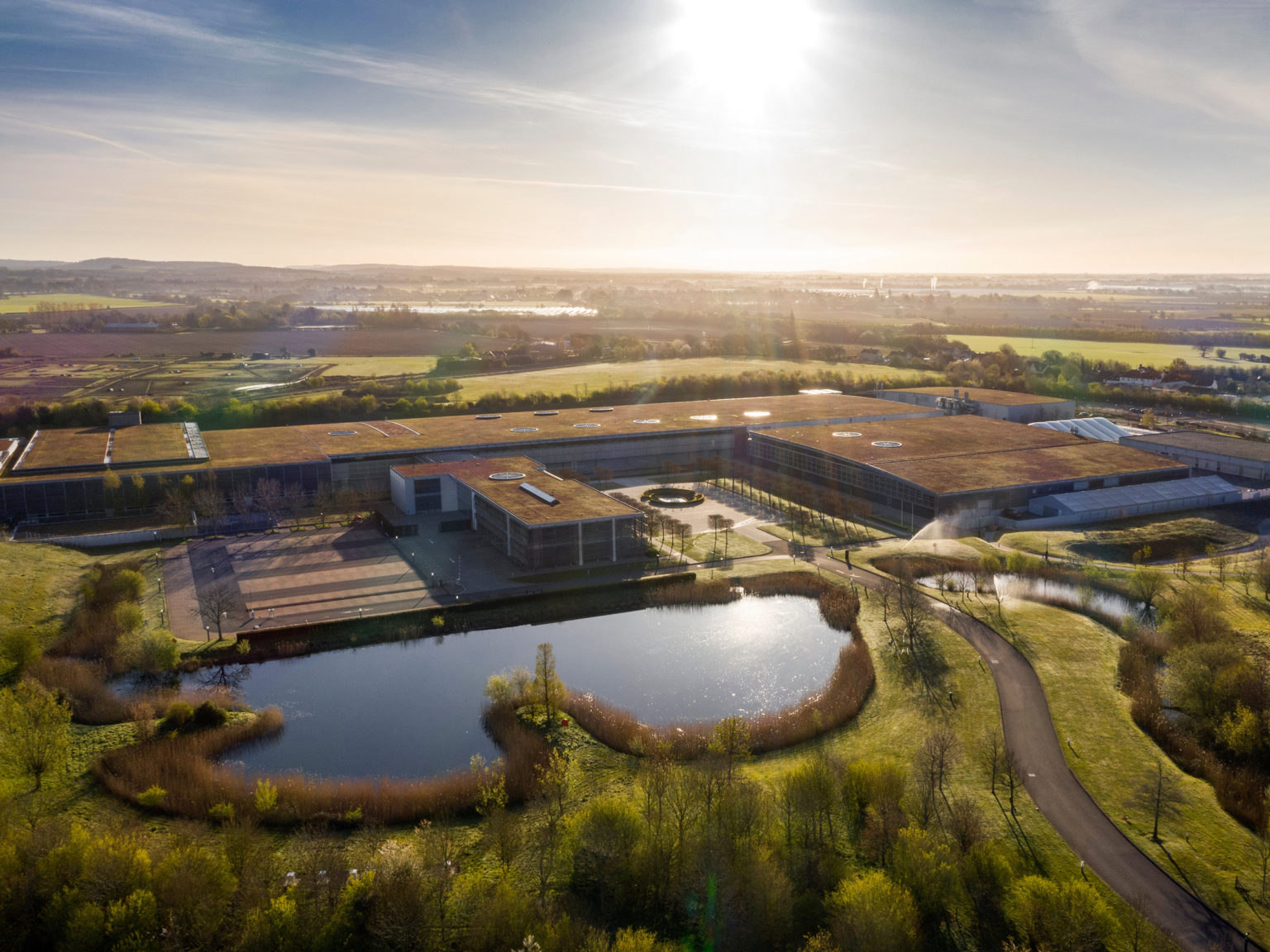The history of Rolls-Royce isn’t just about cars. It’s also about the men, Charles Stuart Rolls and Frederick Henry Royce, their families, and their ambition.
Charles Rolls is a distinctive character in history for a number of reasons. On his mother’s side, Charles’s mother Giorgiana was a member of Parliament born the daughter of Sir Charles Maclean, 9th Baronet of Morvern. The 9th Baronet’s upbringing saw him attend Eton College and the Royal Military College at Sandhurst – a favorite route for royals, even today.
Charles Rolls sits at his desk in 1902, two years before he met Henry Royce.
Photo by SSPL via Getty Images
His father, Sir Fitzroy Maclean, 8th Baronet was also a military man who was at a series of pivotal battles over the colonies of the Dutch West Indies including: the capture of Tobago, the attack on Martinique, the capture of St. Thomas and St. John, and the capture of Guadeloupe. The roots of the family tree extend far into Scottish landowning and titled history.
On his father’s side, Charles came from a long line of gentlemen. His father, John Rolls, 1st Baron Llangattock, was a wealthy Welsh landowner, and his grandfather, John Etherington Welch Rolls, was an art collector, high sheriff, and justice of the peace who founded the Monmouthshire Show. His father before him was also a wealthy landowner and justice of the peace.
They were known as “The Rolls of Mommouthshire” for hundreds of years, in the way upper crust families gain referred-to reputations to be introduced as at society fetes.
Charles Rolls was also educated at Eton, earning himself the nickname “dirty Rolls” due to his fondness for tinkering with engines. Upon graduation he gained entry to Trinity College in Cambridge, where Prince Charles would study some 70 years later.
English motor car manufacturer Charles Stewart Rolls (1877 – 1910) in his first motor car, a 3.75 hp Peugeot motor car imported from France, with a man walking in front with a red flag as the law of the time required.
Photo by Topical Press Agency/Getty Images
Aged 18, he traveled to Paris to purchase his first car, a Peugeot phaeton-style auto and became a founding member of the Automobile Club of Great Britain after first joining a similar organization in France.
The Rolls family estate is The Hendre, a Grade II-listed full-scale Victorian country house in Monmouthshire, Wales on land owned by the family since the mid-1600s. It was there that in late 1900, the Duke and Duchess of York (later King George V (grandson of Queen Victoria and grandfather to Queen Elizabeth II) and Queen Mary) were taken on what was likely their first motorcar excursion by Charles.
1900: From left, Sir Charles Cust, equerry; Lord Llangattock; his son the Hon C S Rolls (at the wheel); King George V, (1865 – 1936), then Duke of York. They are leaving the Hendre, Lord Llangattock’s seat in Monmouthshire, for a drive in the 12 hp Panhard.
Photo by Hulton Archive/Getty Images
Rolls continued to keep up with innovation in the automotive world, trying much of it out for himself. On February 26, 1903, Rolls sat behind the wheel of a specially-constructed 110-horsepower Mors car driving it quick enough to break the World Speed Record at Welbeck by going over 82 mph. The record, however, was not officially recognized. Just one year later, an American named Henry Ford would best it, clocking a speed of 84.73 mph in his Ford 999 Racer.
That same year, Rolls met Royce.
Frederick Henry Royce, who went by Henry, wasn’t born into the type of blue blooded family tree that Rolls was. He was one of five children, the son of a man who ran a flour mill to failure. When he was just nine year old, his father died and Henry had to go to work selling newspapers to help support them, leaving school after just one year of formal education.
Henry Royce came from a less affluent background than Rolls. One might even suggest their economic circumstances were nearly opposite each other.Photo courtesy of Rolls-Royce Motor Cars
At the age of 15, when Rolls was just two years old, Royce started an apprenticeship with the Great Northern Railway company. Three years later he was forced to move on, working various jobs and eventually saving £20, which he used to enter into a partnership with a friend to form a company that created domestic electric fittings. By 1894 the company was making cranes and dynamos, however by the end of the Second Boer War in 1902, demand for those components had greatly diminished.
Royce began to be increasingly interested in electric motors. He purchased a De Dion to tinker with, but found that it didn’t meet his standards or needs. He took what he had learned and designed, then built a car of his own in the corner of his shop in 1904.
That was the same year that Rolls met Royce at the Midland Hotel in Manchester, England. It was a meeting that left Rolls declaring, “I have met the greatest engineer in the world”.
Members of a police search team abseil down the front of the Midland Hotel in Manchester during a security sweep, where delegates attending the Labour Party Autumn Conference will be staying on September 21, 2006, in Manchester, England.
Photo by Getty Images
Just six years later, Rolls perished while flying his Wright Flyer aircraft.
The short-lived but influential partnership helped shape the bespoke automobile industry even as it stands today.








